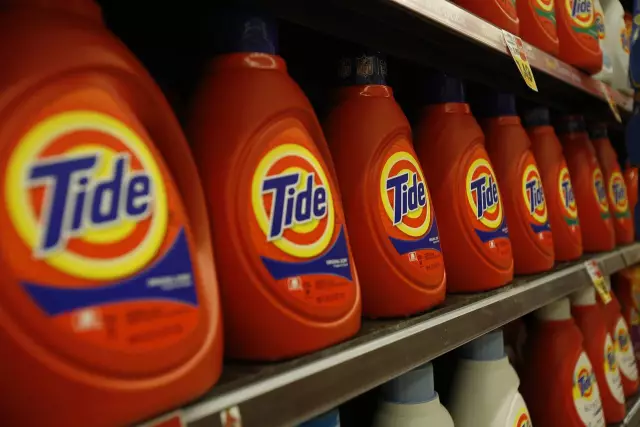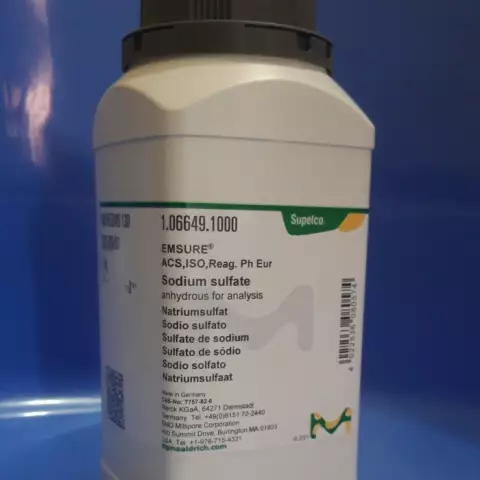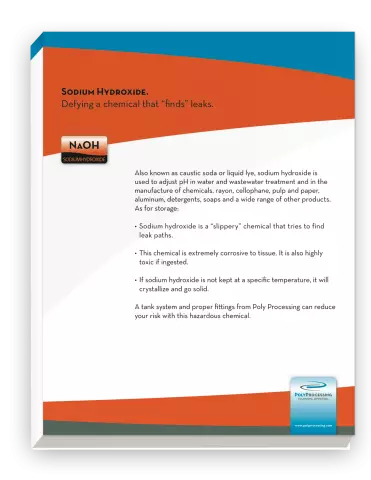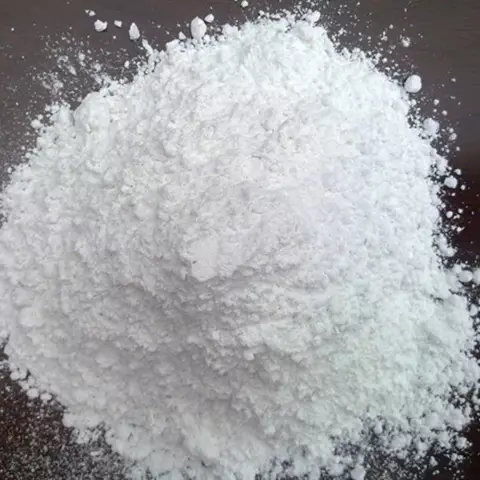- Author Rachel Wainwright [email protected].
- Public 2023-12-15 07:39.
- Last modified 2025-11-02 20:14.
Sodium lauryl sulfate

Sodium lauryl sulfate is an anionic surfactant found in many personal care products (soaps, shampoos, toothpastes, etc.). Sodium lauryl sulfate is an inexpensive and very effective foaming and emulsifying agent. Chemical formula C12H25SO4Na.
Sodium lauryl sulfate has a crystalline form similar to salt and is obtained by ethoxylation of sodium dodecyl sulfate esters. The resulting ethoxylate is converted to a sulfuric acid ester, which is neutralized by conversion to the sodium salt. Sodium lauryl sulfate is a non-flammable substance that, when dissolved in water, turns yellow or yellow-brown in color and forms a stable foam.
Sodium lauryl sulfate is a surfactant. All surfactants are partly water soluble and partly oil soluble. It is this quality, semi-solubility in water or oil, that allows sodium lauryl sulfate to be incorporated into the structure of manufactured detergents, endowing them with foaming and cleaning properties. Foam is not responsible for removing dirt, but allows, for example, hair shampoo, with the help of your hands, to spread along the entire length of the hair.
Sodium lauryl sulfate became widely used in 1930, when the soap industry began to develop actively.
Sodium lauryl sulfate has been used for over sixty years as the main ingredient in shampoos, but it is being replaced by a more gentle surfactant, sodium coco sulfate.
Application of sodium lauryl sulfate
Sodium lauryl sulfate is commonly used as a foaming and emulsifying agent in many products that are used in everyday life. It is an ingredient found in inexpensive shampoos, hair conditioners, dishwashing soaps, hand soaps, and toothpastes.
There is controversy as to whether sodium lauryl sulfate is safe for human use. Some studies show that sodium lauryl sulfate is a carcinogen and can be dangerous to humans, while others prove the opposite. So there is still no concrete evidence that sodium lauryl sulfate can be a crustacean substance.
This chemical is widely used in the chemical industry because of its relatively low cost and long shelf life. It is used in various concentrations in cosmetic cleansers for the face and body, and in car floors and car interiors.
Sodium lauryl sulfate is also used as an ingredient in insect control sprays and fluids. It is effective against ticks, lice and aphids. At home, it is enough to dissolve sodium lauryl sulfate in water, and spray the resulting liquid directly onto the center of insect pests.
The harm of sodium lauryl sulfate

Detergents that contain sodium lauryl sulfate are highly irritating at high concentrations and frequent contact with the skin surface.
The use of sodium lauryl sulfate can dry out the skin. If the skin is sensitive, sodium lauryl sulfate may cause breakouts or redness.
With frequent use of shampoos containing sodium lauryl sulfate, eczema and dandruff can develop.
Also, the harm of sodium lauryl sulfate is due to its ability to wash off the protective lubricant of the upper layer of the epithelium, which leads to fading of the skin, as well as to irritate the eyes, up to the development of cataracts.
Toothpastes that contain sodium lauryl sulfate, with prolonged use, lead to the formation of wounds and ulcers in the mouth, spreading to the gums, tongue and inner lips. A study by the Journal of Organometallic Chemistry at the end of 1979 found that this effect is often due to a lack of vitamin B-12 and iron in the body, which, with frequent use of toothpastes with sodium lauryl sulfate, leads to wounds and ulcers.
Found a mistake in the text? Select it and press Ctrl + Enter.






